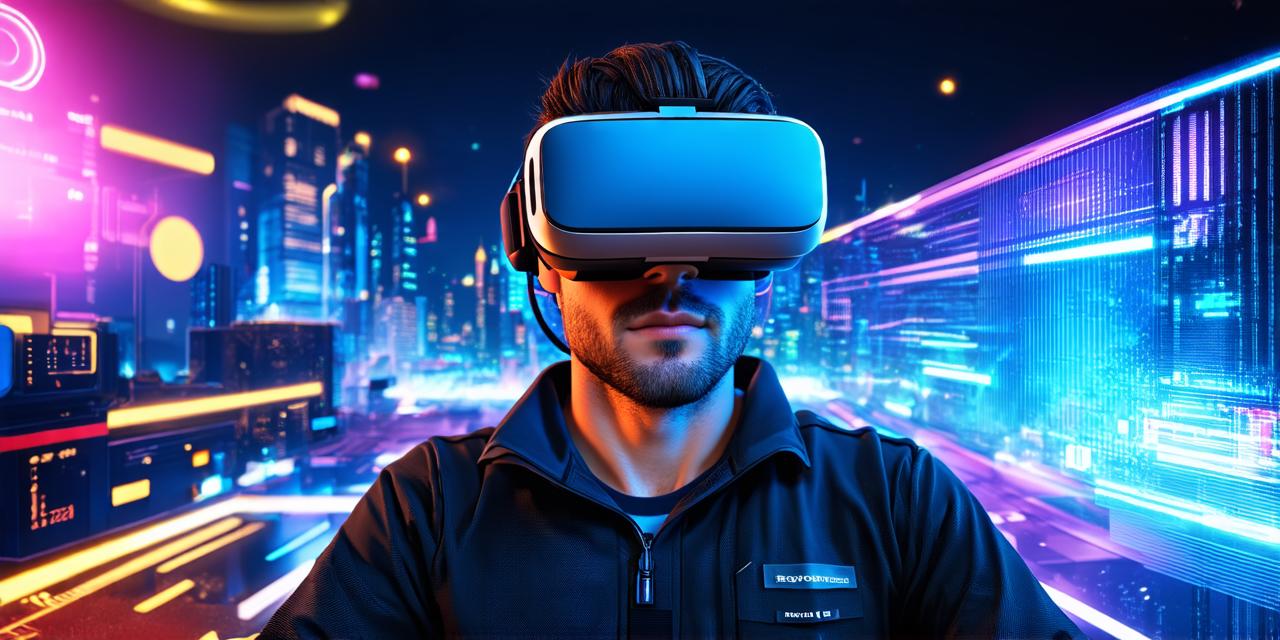
1. Choose a Game Engine
The first step in creating a VR game is to choose a game engine. A game engine is a software platform that provides developers with the tools they need to create games. There are several game engines available for VR development, including Unity, Unreal Engine, and HTC Vive’s Room Scale.
2. Design the Game World
Once you have chosen a game engine, you can start designing the game world. This involves creating the environment, characters, and objects that will be in the game. You can use 3D modeling software to create these assets and import them into the game engine.
3. Implement VR Functionality
The next step is to implement VR functionality. This includes adding VR tracking, input controls, and rendering effects. You can use the game engine’s built-in VR tools or third-party libraries to achieve this.
4. Test and Debug
Testing and debugging are crucial steps in creating a VR game. You need to test the game on different devices and platforms to ensure that it works correctly. You should also fix any bugs or issues that you find during testing.
5. Publish the Game
Once you have completed development and testing, you can publish the game. There are several platforms for publishing VR games, including Steam, Oculus Store, and PlayStation Network.
Conclusion
Creating a virtual reality game is a complex process that requires technical skills and creativity. By following these steps, you can create a fun and engaging VR game that players will love. Remember to test the game thoroughly and seek feedback from users to improve your game in the future.
